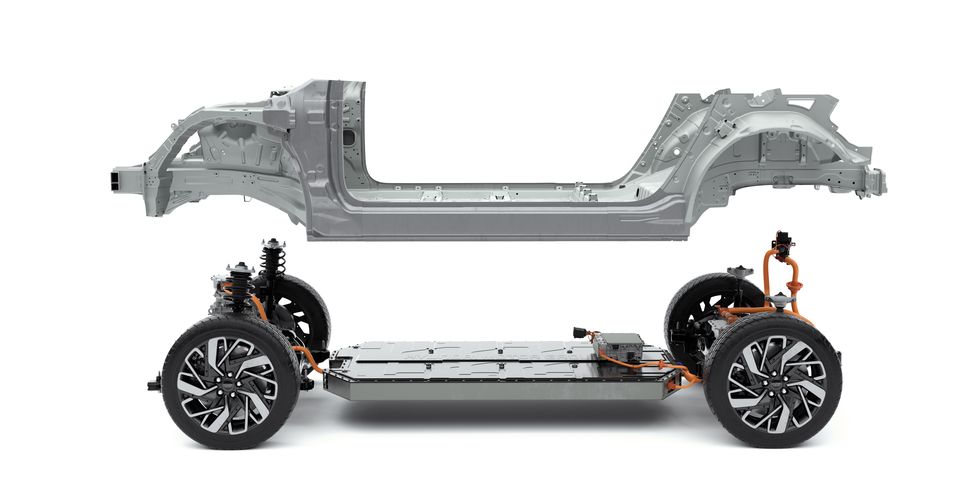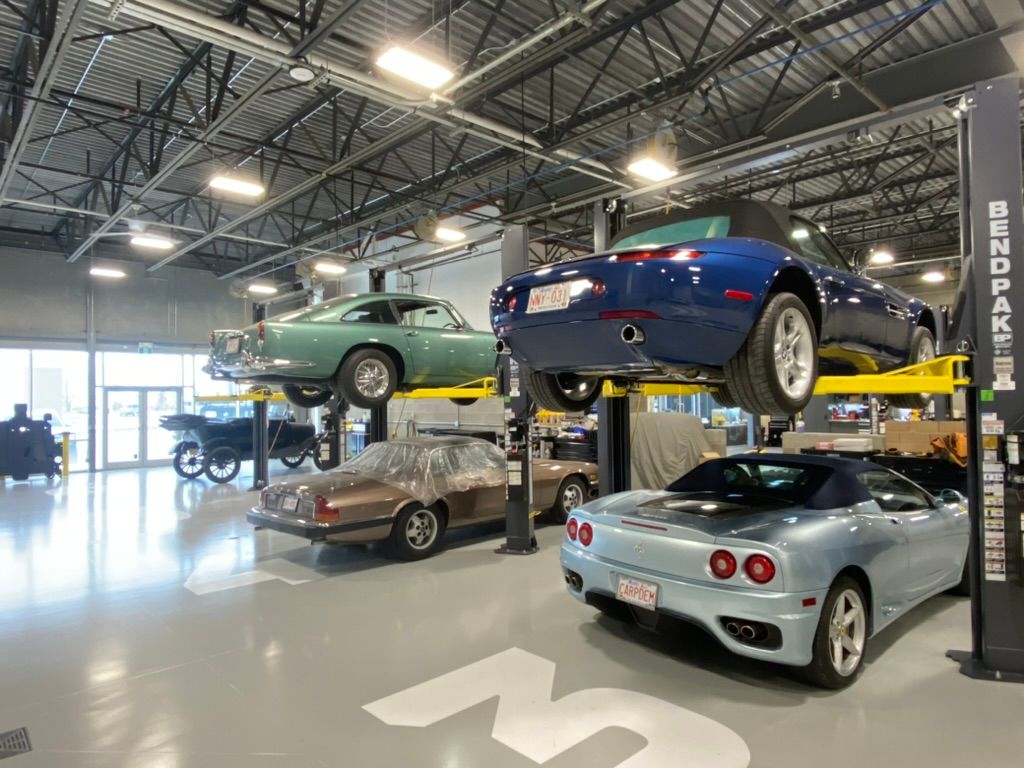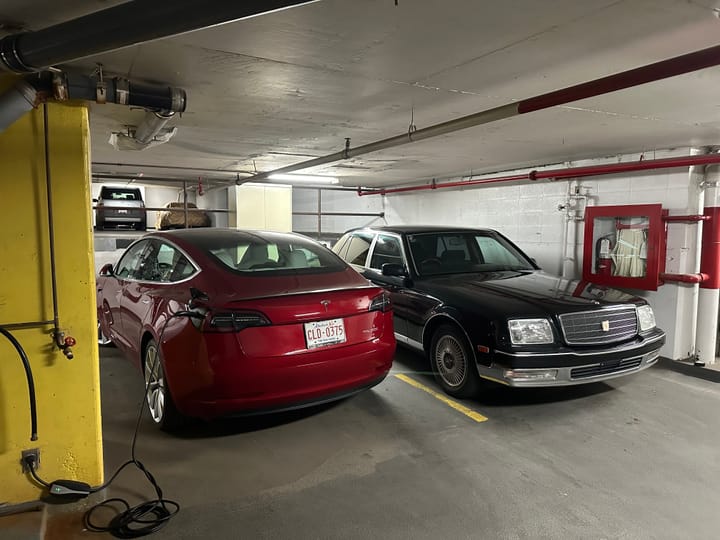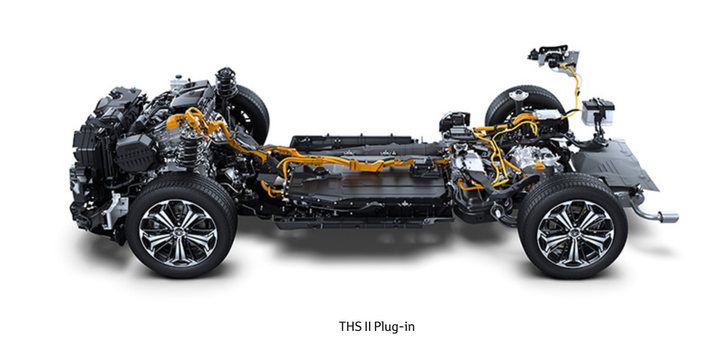Will CEOs - Or Their Replacements - Walk Back Announcements of a 100% BEV Future?

As early as the next buying cycle we will have the option of buying a full-electric (BEV) or a Plug-In Hybrid (PHEV) version of most mainstream vehicles.
In my opinion the BEV’s are superior machines for most uses, provided you can charge from home and do not need to rely on the DC fast charge infrastructure. If you need to travel beyond what a single charge can give you, then a PHEV probably makes more sense.
Manufacturers are divided with respect to their commitment to 100% BEVs. Volvo, Jaguar, GM, and others are committed to selling only pure electric vehicles by as soon as 2030. The Stellantis group (Chrysler, Jeep, Fiat etc.) have said they will offer a BEV and PHEV in each segment, but will wait to see the development of the DC fast charge infrastructure before phasing out ICE powertrains. Toyota has been, until recently, quite vocal against BEVs, arguing that PHEVs serve the needs of more people, and are a more sensible way to a low carbon future. Honda has yet to offer a BEV in North America.
Negative 25 deg C temperatures this winter have shown the weaknesses of the DC charge infrastructure, and the impracticality of travelling long distances in an EV when it is very cold. We can perhaps get beyond the spotty reliability of DC charge stations, but there is little we can do about the battery chemistry and its aversion to accepting fast rates of charge when cold. There is also not much we can do about the reduced range of an EV in cold weather as long as we want to stay warm. Coupling slow charge rates along with higher electrical consumption means that you can be charging 30 minutes for each hour of driving on the highway - too impractical for mass adoption.
Where we will probably wind up is that all the legacy manufacturers will offer both BEV and PHEVs in their volume segments. I expect that the CEOs who have announced a ‘BEV only’ future will walk that back to a ‘fully electrified future’ which will include hybrids. They will - or their replacements will - come to the conclusion that it would be unwise to alienate a substantial portion of their customer and dealer base.
Manufacturers will go about providing these two very different powertrains in different ways.
BEV platforms are all very similar with the battery pack comprising the vehicle’s floor with electric motors built into each axle unit. These platforms commonly offer 2wd or 4wd with one or two motors and various battery sizes. They are extremely flexible in terms of the bodies that bolt on top of them. Not having to allocate space for the combustion engine and transmission allows for more interior room, among other packaging benefits.
Platforms can also be designed in modules to accept ICE, PHEV and BEV powertrains. This may be a ‘safer’ and less capital intensive way for a manufacturer to fill in their product line, though their are some compromises. In the BEV version the battery may have to fill in space vacated by the ICE powertrain or take up trunk room - in either case it will not be ideally placed, affecting weight distribution, handling and interior room.
Some manufacturers are already offering both types of platforms. The Hyundai/Kia/Genesis E-GMP platform is used for the pure electric Hyundai Ioniq 5 and 6, Kia EV6, and Genesis GV60. The Genesis GV70 and G80 have fully electrified versions of their combustion engine counterparts. The electrified versions of the GV70 and G80 can’t offer flat floors or as long a wheelbase as the E-GMP platform cars.
The extent to which a platform is shared is mostly a function of its projected volume, and the number of copies that the development costs can be amortized over. For mainstream vehicles in the $40,000 - $80,000 range, with production numbers in the hundreds of thousands, you should be able to find dedicated EV architecture. For more specialized vehicles expect the BEV version to have several combustion-engined cousins.
However all this unfolds, consumers stand to benefit from widespread electrification in passenger vehicles; whether BEV or PHEV. A large battery pack in your vehicle not only allows for zero tailpipe emissions, but climate pre-conditioning and a host of other benefits provided by the large on-board electrical power source. If you are shopping for an EV, it is worthwhile looking under the skin to see if the manufacturer is making full use of the EVs potential packaging efficiency.
Lawrence Romanosky is a 'Car Guy' and author, operating a Brokerage, Servicing and Restoration business out of Calgary, Canada.
Lromanosky@me.com
403-607-8625




Comments ()